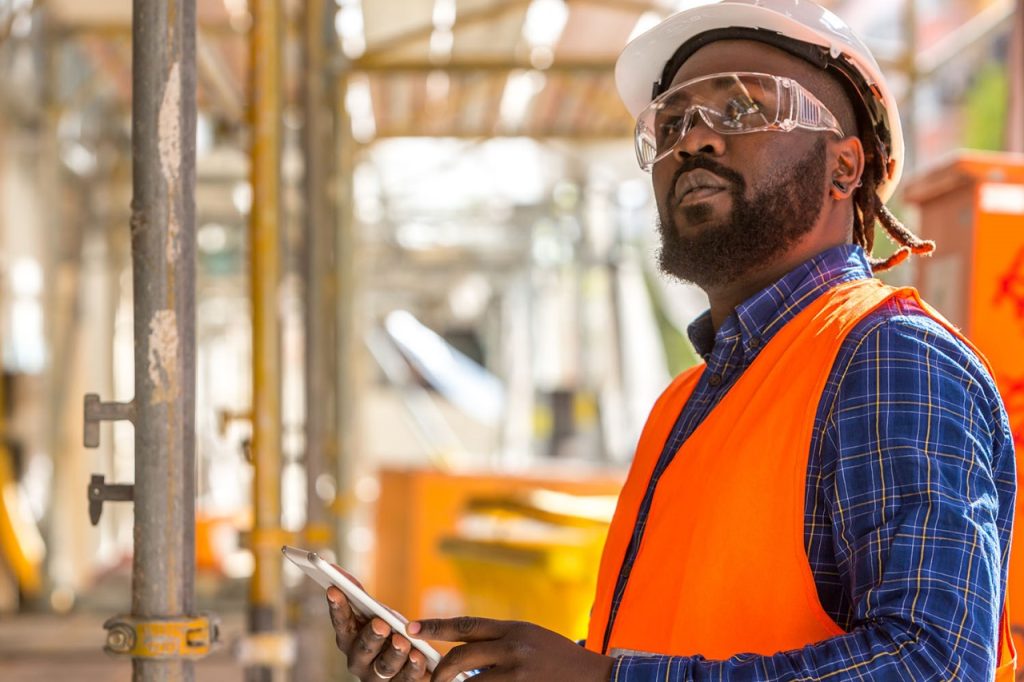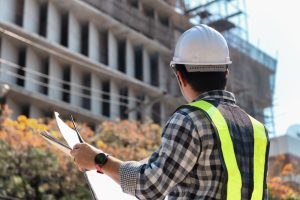How Austin Construction Is Adapting to Rapid Population Growth

Austin’s population is expanding at a remarkable pace, making it one of the fastest-growing cities in the United States. This rapid growth presents both opportunities and challenges for the local construction industry. In 2025, austin construction is at the forefront of meeting the city’s rising demand for housing, commercial spaces, and infrastructure improvements.
This article examines how Austin construction is evolving to accommodate the booming population, the strategies being implemented, and the long-term implications for the city’s development.
Understanding Austin’s Population Surge
Austin’s growth is driven by its thriving tech sector, quality of life, and cultural appeal. With tens of thousands of new residents arriving each year, the demand for homes, offices, schools, and transportation infrastructure has surged. This population influx intensifies pressure on existing resources, requiring innovative construction solutions.
Strategies Austin Construction Is Using to Address Growth
Expanding Residential Development
A major focus of Austin construction is increasing housing supply to prevent skyrocketing prices and overcrowding. Builders are adopting several approaches:
- High-density residential projects: Multi-family apartment complexes and condominiums are rising in key urban areas to maximize land use.
- Mixed-use developments: Combining residential units with retail and office space encourages walkability and reduces commuting demands.
- Affordable housing initiatives: Partnering with city programs, construction firms are integrating affordable housing options to support diverse populations.
These strategies help meet housing demand while promoting sustainable urban growth.
Investing in Infrastructure Improvements
Population growth also strains transportation, utilities, and public facilities. Austin construction projects are targeting critical infrastructure upgrades:
- Road expansions and public transit: New highways, bike lanes, and transit stations improve mobility and reduce congestion.
- Water and energy systems: Upgraded utilities ensure reliable services for growing neighborhoods.
- Schools and healthcare facilities: Construction of new public buildings supports community needs.
Infrastructure investments not only accommodate growth but also enhance overall quality of life.
Embracing Technology and Innovation in Austin Construction
To keep pace with demand, Austin construction companies are leveraging technology and innovative practices:
- Modular and prefabricated construction: These methods speed up building timelines and reduce costs, enabling faster delivery of housing and commercial projects.
- Building Information Modeling (BIM): BIM enhances design precision and collaboration, reducing errors and delays.
- Sustainable construction: Energy-efficient materials and green building certifications minimize environmental impact amid urban expansion.
By embracing innovation, Austin construction can build more efficiently and responsibly.
Workforce Development and Skilled Labor
Rapid growth requires a robust construction workforce. Austin construction firms, often collaborating with organizations like Associated Builders and Contractors, invest in training and apprenticeship programs to develop skilled labor. This focus on workforce development helps mitigate labor shortages and maintains high standards on complex projects.
Long-Term Implications for Austin’s Urban Landscape
The adaptation of Austin construction to population growth is reshaping the city’s physical and social fabric. As density increases, neighborhoods evolve to prioritize mixed uses, green spaces, and connectivity. These changes promote vibrant, livable communities that can sustain Austin’s growth for decades.
Furthermore, smart city technologies integrated into new buildings and infrastructure lay the foundation for a future-ready urban environment.
Conclusion: Building Austin’s Future Amid Rapid Growth
Austin construction is evolving rapidly to meet the demands of one of America’s fastest-growing cities. Through innovative housing solutions, infrastructure investments, and workforce development, the industry is addressing population pressures while enhancing sustainability and quality of life.
For contractors, builders, and stakeholders, understanding these trends is vital to contributing effectively to Austin’s future. The construction sector’s ability to adapt will play a decisive role in shaping a resilient and thriving Austin for generations to come.
Stay connected with Associated Builders and Contractors for the latest insights and support in navigating Austin construction’s dynamic landscape.




